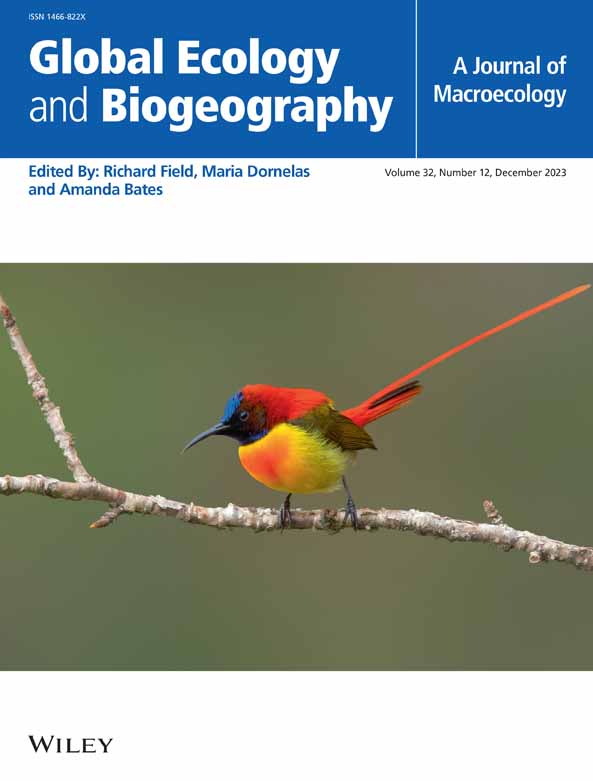Soil Depth Matters: Divergent Drivers of Ecosystem Productivity in Alpine Ecosystems
Abstract
Aim
Deep soils (> 30 cm) store considerable amounts of carbon and are often assumed to be less responsive to warming than topsoil. However, recent evidence indicates that deep soils are more sensitive to climate change in alpine grasslands, yet their influence on ecosystem productivity is not well understood. Here, we tested the key environmental drivers, particularly the roles of deep soil moisture and temperature, of alpine ecosystem productivity across different vegetation types and plant growth constraints.
Location
The Qinghai-Tibetan Plateau (QTP), the Earth's Third Pole.
Time Period
2003–2021.
Major Taxa Studied
Sedge, grass and forbs.
Methods
We introduced the plant growth limitation index (GLI) to classify alpine sites as either energy- or water-limited sites, using solar radiation and soil moisture as proxies for energy and water availability. We employed the random forest models to quantify dominant environmental drivers of gross primary productivity (GPP) and net ecosystem productivity (NEP) at 14 alpine sites across four vegetation types (alpine meadow, steppe, wetland and shrub) on the QTP.
Results
We identified divergent drivers of ecosystem productivity varying with soil depth and GLI classifications. In water-limited sites, productivity was more responsive to soil variables than to radiation, with deep soil temperature and moisture exerting greater influence than their surface counterparts. In contrast, energy-limited sites were primarily driven by topsoil temperature and radiation, with deep soil moisture remaining more influential than topsoil moisture. In alpine wetlands, deep soil temperature emerged as the dominant driver.
Main Conclusions
We advance the concept of plant growth constraints by introducing deep soil moisture as a key regulator, demonstrating its direct controls on alpine vegetation productivity. Our findings challenge previous studies that focused solely on topsoil, offering new insights into the interactions between productivity and environmental drivers in alpine ecosystems. This improved understanding supports more accurate projections of carbon sequestration under global change.

 求助内容:
求助内容: 应助结果提醒方式:
应助结果提醒方式:


